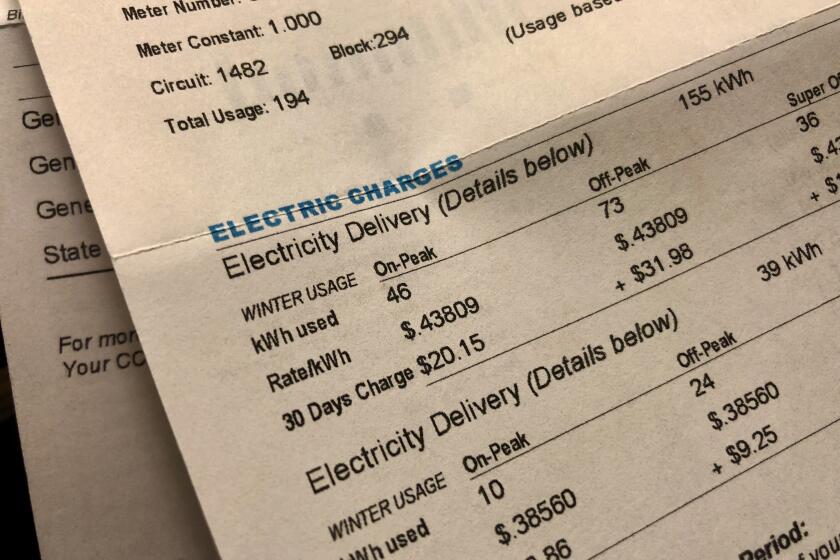Editorial: California is facing another record-breaking hot summer. We aren’t ready

- Share via
After a chilly spring it seems hard to believe that the gloom would ever leave Southern California. But skies are clearing as a “heat dome” brings midsummer-like temperatures to the state. It could be a preview of another record-breaking hot summer.
In what’s becoming a sadly familiar refrain, the National Oceanic and Atmospheric Administration says there’s a chance that 2024 will be even warmer than last year, which was the planet’s hottest year on record. As greenhouse gas pollution keeps pushing temperatures higher and making extreme heat more deadly and severe, can anyone really say we are ready for it?
Extreme heat is becoming more frequent and more severe. Here’s how much hotter it could get in California and the West.
Extreme heat is the nation’s deadliest climate hazard, killing more people than wildfires or hurricanes. Its effects have been felt in California. For example, in 2022 a record-breaking, 10-day heat wave killed 395 Californians, according to a state analysis.
After criticism that California was ignoring the threat and treating it like a second-tier problem, Gov. Gavin Newsom has begun to address this growing threat. For example, the governor’s office revamped the state’s extreme heat plan with a new 72-page document detailing four “tracks” to protect California from the effects of rising temperatures, including developing a public heath monitoring system, helping communities prepare for heat waves and increasing public awareness of the risks of high heat through websites such as ready.ca.gov.
Workers in sweltering warehouses, kitchens and other workplaces prone to extreme heat illness face another summer without critical heat protection standards if California officials don’t move quickly to adopt and enforce new rules.
The updated plan showed a new awareness of the need to get moving against this growing hazard, but in the two years since it has been released the results have been lackluster and any headway made difficult to track.
Meanwhile, the state is still working on CalHeatScore, the nation’s first heat-wave ranking and early warning system, even though the 2022 law that mandated the system requires it to be developed by the end of this year.
Electric bills are rising. Here are ways to reduce the burden without slowing the shift to home and vehicle electrification to meet our climate goals.
Although these efforts are a good start, it is disgraceful that despite some movement on this long-neglected issue the state still is not working with enough urgency. For example, we still don’t have rules protecting indoor workers from high temperatures, although it has been promised for seven years.
It’s time for California’s leaders to shift into a higher gear, because extreme heat is already here. According to the Climate Prediction Center and National Oceanic and Atmospheric Administration, the probability of California getting “above normal” temperatures in July and August ranges anywhere from 33% to 60% depending on the location.
With scorching temperatures almost certainly on the way, California leaders should be able to say to the state’s residents and workers that they have done everything in their power to protect them in the face of this growing threat. Unfortunately, they can’t.
More to Read
A cure for the common opinion
Get thought-provoking perspectives with our weekly newsletter.
You may occasionally receive promotional content from the Los Angeles Times.













